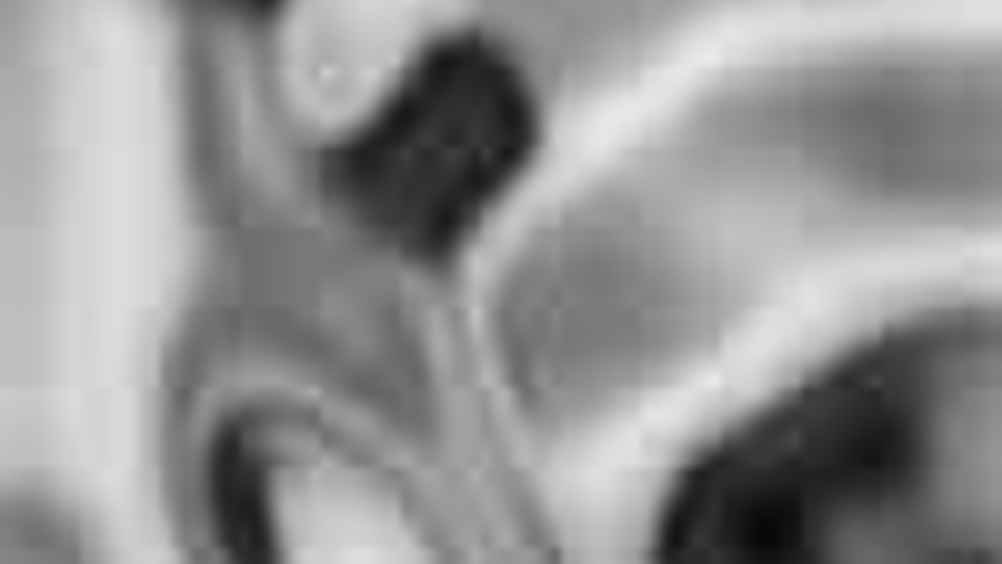Measuring nanoparticles

A technique that can determine the concentration of nanomaterials in living tissue has been licensed by Texas University, Austin, to Houston-based nanoTox.
The technique comes from the laboratory of Dr James Tunnell, an assistant professor in the Department of Biomedical Engineering in the Cockrell School of Engineering.
The current method for measuring nanoparticles at diagnostic or therapeutic concentrations in tissue typically involves the administration of radioisotopes or invasive procedures requiring a biopsy followed by time-consuming and costly examination using specialised forms of electron microscopy, X-ray analysis or nuclear chemical analysis in some cases.
Tunnell's system, on the other hand, uses non-invasive optical spectroscopy to determine whether the particles remain in tissue or have been flushed out.
'Dr Tunnell has created a very minimally invasive technique to detect nanoparticles in tissue relatively simply and economically,' said Greg King, vice-president and chief operating officer of nanoTox.
The licence grants nanoTox exclusive worldwide rights to the technique, including the development of medical diagnostic systems based upon it. The company also plans to further develop the technology for other uses such as the nanotechnology risk-assessment market.
Register now to continue reading
Thanks for visiting The Engineer. You’ve now reached your monthly limit of news stories. Register for free to unlock unlimited access to all of our news coverage, as well as premium content including opinion, in-depth features and special reports.
Benefits of registering
-
In-depth insights and coverage of key emerging trends
-
Unrestricted access to special reports throughout the year
-
Daily technology news delivered straight to your inbox










Water Sector Talent Exodus Could Cripple The Sector
Maybe if things are essential for the running of a country and we want to pay a fair price we should be running these utilities on a not for profit...